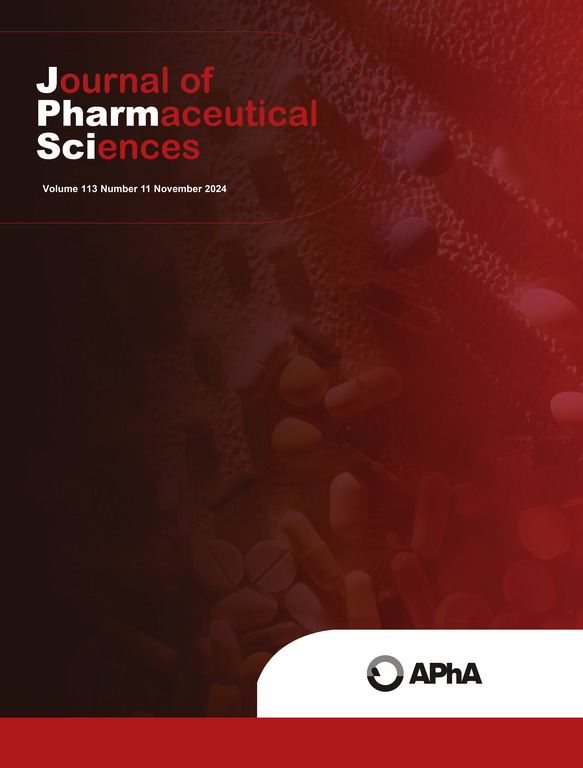Potential risk factors of protein aggregation in syringe handling during antibody drug dilution for intravenous administration
IF 3.7
3区 医学
Q2 CHEMISTRY, MEDICINAL
引用次数: 0
Abstract
Protein aggregation, a major concern in biopharmaceutical quality control, can be accelerated by various stresses during clinical handling. This study investigated potential aggregation risk factors during dilution process with syringe handling for intravenous administration. Using γ-globulin and IgG solutions as surrogate models of antibody therapeutics, we examined the effects of high sliding speeds and piston operations of the syringe on protein aggregation during saline dilution. Our results revealed that elevated sliding speeds promoted proteinaceous subvisible and/or visible particle formation, which was further enhanced by piston operations. The proteinaceous particle formation was presumed to be caused by fine air bubbles generated due to rapid pressure changes arising from shear stress during needle passage. While polysorbate 20 effectively suppressed the particle formation induced by the syringe handling at sufficient concentrations, its protective effect became inadequate under high dilution conditions, as exemplified by those encountered in low-body-weight patient protocols. Different proteins exhibited varying susceptibility to the syringe-induced aggregation. These findings demonstrate that the combination of syringe handling and dilution conditions could significantly impact protein stability during clinical handling, particularly for less stable biopharmaceuticals. A deeper understanding of these factors is crucial for developing more robust formulations and establishing safer handling practices for biopharmaceuticals.
求助全文
约1分钟内获得全文
求助全文
来源期刊
CiteScore
7.30
自引率
13.20%
发文量
367
审稿时长
33 days
期刊介绍:
The Journal of Pharmaceutical Sciences will publish original research papers, original research notes, invited topical reviews (including Minireviews), and editorial commentary and news. The area of focus shall be concepts in basic pharmaceutical science and such topics as chemical processing of pharmaceuticals, including crystallization, lyophilization, chemical stability of drugs, pharmacokinetics, biopharmaceutics, pharmacodynamics, pro-drug developments, metabolic disposition of bioactive agents, dosage form design, protein-peptide chemistry and biotechnology specifically as these relate to pharmaceutical technology, and targeted drug delivery.

 求助内容:
求助内容: 应助结果提醒方式:
应助结果提醒方式:


